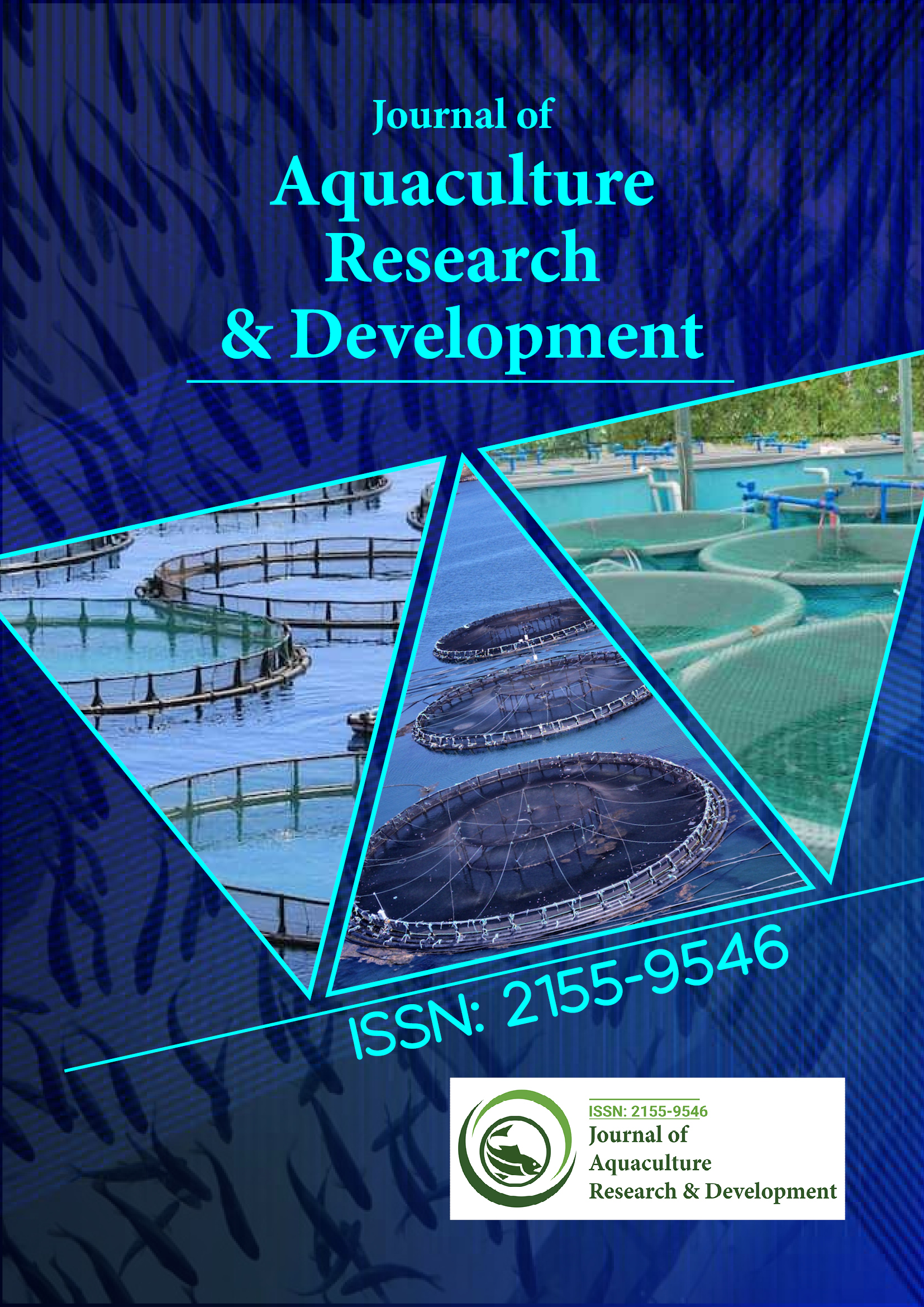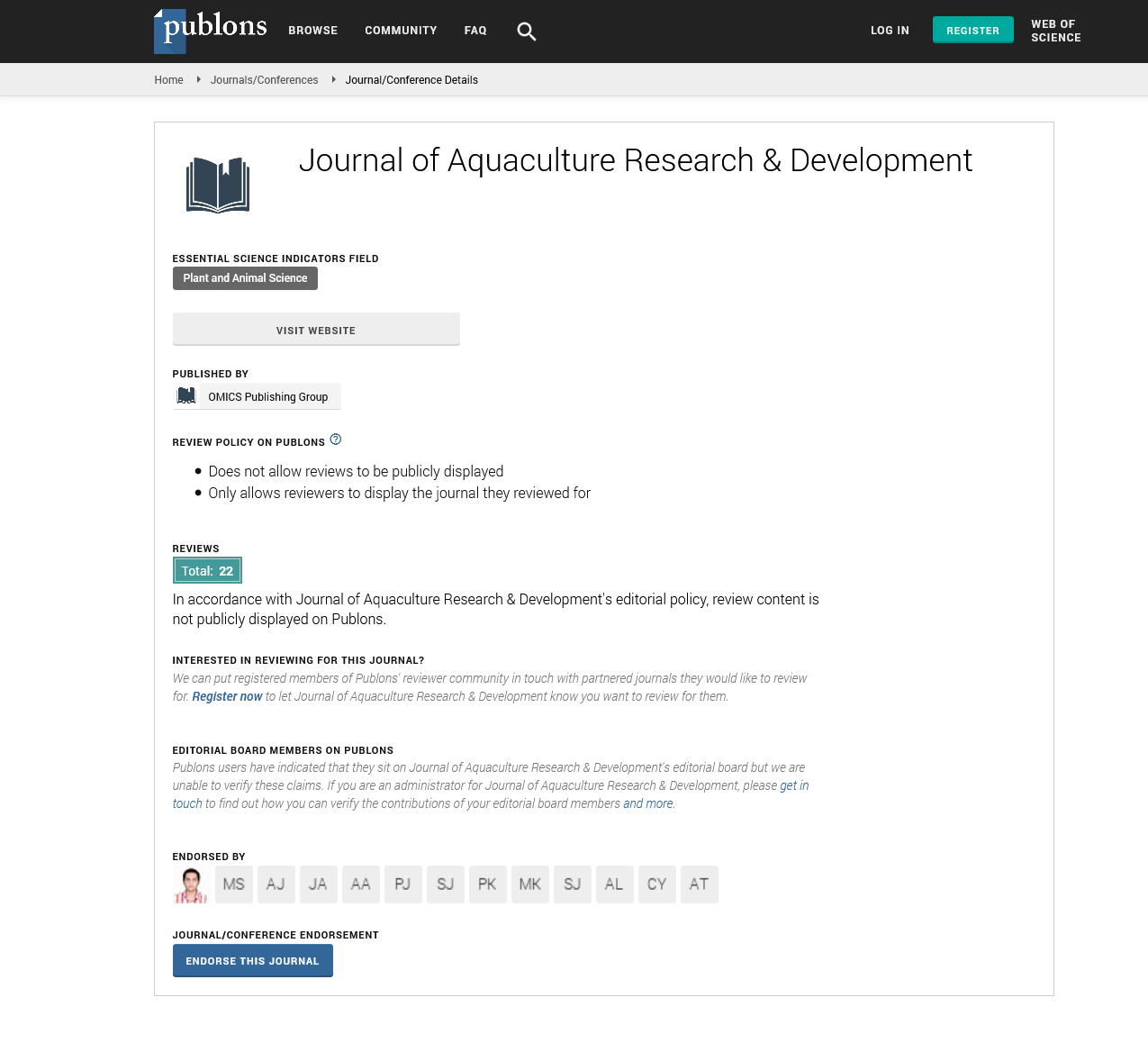Indexed In
- Online Access to Research in the Environment (OARE)
- Open J Gate
- Genamics JournalSeek
- JournalTOCs
- Scimago
- Ulrich's Periodicals Directory
- Access to Global Online Research in Agriculture (AGORA)
- Electronic Journals Library
- Centre for Agriculture and Biosciences International (CABI)
- RefSeek
- Directory of Research Journal Indexing (DRJI)
- Hamdard University
- EBSCO A-Z
- OCLC- WorldCat
- Scholarsteer
- SWB online catalog
- Virtual Library of Biology (vifabio)
- Publons
- MIAR
- University Grants Commission
- Euro Pub
- Google Scholar
Useful Links
Share This Page
Journal Flyer

Open Access Journals
- Agri and Aquaculture
- Biochemistry
- Bioinformatics & Systems Biology
- Business & Management
- Chemistry
- Clinical Sciences
- Engineering
- Food & Nutrition
- General Science
- Genetics & Molecular Biology
- Immunology & Microbiology
- Medical Sciences
- Neuroscience & Psychology
- Nursing & Health Care
- Pharmaceutical Sciences
Perspective - (2025) Volume 16, Issue 4
Seasonal Nitrogen Dynamics in Estuaries under the Influence of Shellfish Farming
Edna Cohen*Received: 28-Mar-2025, Manuscript No. JARD-25-29672; Editor assigned: 01-Apr-2025, Pre QC No. JARD-25-29672 (PQ); Reviewed: 15-Apr-2025, QC No. JARD-25-29672; Revised: 22-Apr-2025, Manuscript No. JARD-25-29672 (R); Published: 29-Apr-2025, DOI: 10.35248/2155-9546.25.16.983
Description
Estuaries are dynamic transition zones where rivers meet the sea, supporting both ecological diversity and important economic activities such as aquaculture. Among cultivated organisms, oysters have received particular attention because of their dual role as a valuable food resource and as ecosystem engineers that influence nutrient dynamics. One area of growing interest is the extent to which oyster cultivation influences nitrate cycling within estuarine waters, particularly across different seasons when temperature, salinity, river discharge and biological activity fluctuate. Since nitrate is an essential nutrient that fuels primary production, yet in excess can trigger eutrophication, hypoxia and ecological degradation, understanding how oysters shape nitrate availability is crucial for both environmental management and the sustainability of aquaculture practices. Seasonal variations add further complexity, making it necessary to examine how oyster farming and estuarine processes interact over time.
Oyster feeding and nutrient processing
Oysters are suspension feeders capable of filtering large volumes of water each day to capture phytoplankton and particulate matter. A single adult oyster can process several liters of water per hour and when oysters are cultivated in high densities on farms, this collective activity has the potential to significantly alter water quality and nutrient cycling. As they filter, oysters remove phytoplankton, detritus and organic particles from the water column, thereby reducing turbidity and changing the balance of dissolved and particulate nutrients. This action not only affects the immediate food web but also determines how nitrogen is cycled in estuarine waters.
The biodeposits generated in the form of feces and pseudofeces accumulate on the sediment surface beneath farms, where microbial communities transform organic nitrogen into ammonium, nitrate and in some cases nitrogen gas. These transformations depend on sediment oxygen levels, microbial populations and the hydrodynamic conditions of the estuary. In this way, oyster cultivation strengthens the connection between surface water and sediment processes, shaping the forms and fates of nitrogen in the system.
Spring dynamics
In spring, many temperate estuaries receive large inputs of nutrients from river discharge, often linked to snowmelt or agricultural runoff. This influx stimulates phytoplankton blooms that create high levels of particulate organic matter in the water. Oysters filter these blooms, reducing algal biomass and reshaping the availability of nitrate in the system. Because temperatures in spring are moderate, microbial activity in sediments is relatively high, allowing both nitrification and denitrification to proceed efficiently. The organic matter deposited by oysters further fuels microbial transformations, leading in many cases to enhanced denitrification and the reduction of nitrate concentrations in the water column. In this way, oyster cultivation during spring can act as a buffer against excessive nutrient loading.
Summer dynamics
Summer brings very different conditions, typically characterized by higher temperatures, lower river discharge and increased water column stratification. Reduced mixing often results in lower oxygen levels near the sediment surface, especially in areas with dense oyster cultivation. Under these hypoxic conditions, denitrification rates tend to increase, which can lower nitrate concentrations by releasing nitrogen gas to the atmosphere. However, if oxygen levels fall too low, nitrification is suppressed, reducing the production of nitrate from ammonium and thereby limiting the substrate available for denitrification. Oysters continue filtering heavily during summer, which decreases phytoplankton biomass and reduces algal uptake of dissolved nitrate. The overall outcome depends on site-specific conditions such as oxygen dynamics, farm density and sediment composition. In some estuaries, summer oyster activity contributes to nitrogen removal, while in others it may lead to nitrate persistence or shifts toward ammonium accumulation.
Autumn dynamics
During autumn, estuarine dynamics shift again as temperatures cool and storm activity increases, enhancing mixing between the water column and sediments. This mixing resuspends nutrients that have accumulated in sediments during the summer, often leading to higher concentrations of dissolved inorganic nitrogen in the water. Oysters remain active during this time, filtering organic matter and contributing biodeposits that sustain microbial processes. Autumn is frequently a period when nitrate concentrations rise because the mineralization of accumulated organic material releases nitrogen compounds. The balance between nitrification and denitrification determines whether these nutrients accumulate in the system or are removed through gaseous loss. Oysters help shape this balance by continuously supplying organic matter and modifying microbial habitats at the sediment–water interface. Their influence can mitigate sharp increases in nitrate, especially in systems prone to nutrient surges after summer stratification breaks down.
Citation: Cohen E (2025). Seasonal Nitrogen Dynamics in Estuaries under the Influence of Shellfish Farming. J Aquac Res Dev. 16:983.
Copyright: © 2025 Cohen E. This is an open-access article distributed under the terms of the Creative Commons Attribution License, which permits unrestricted use, distribution, and reproduction in any medium, provided the original author and source are credited.

